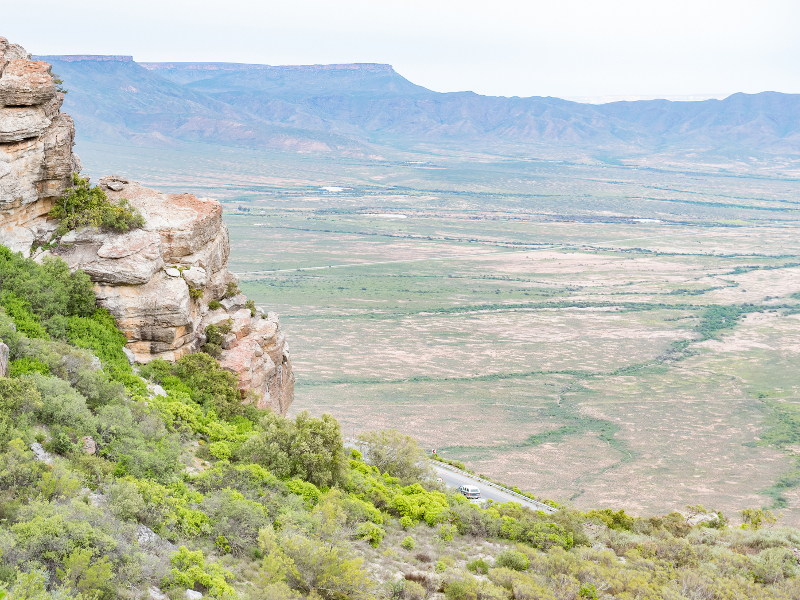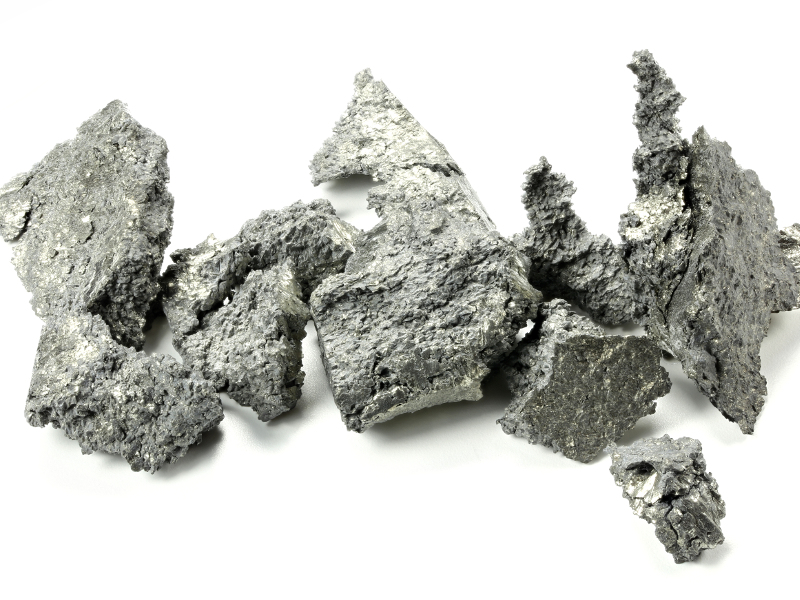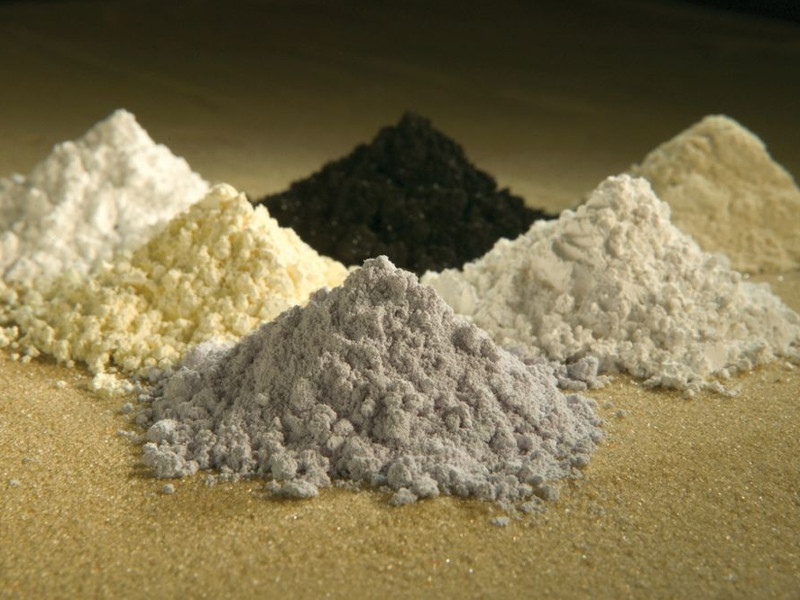Steenkampskraal mine, which is the world’s highest-grade rare earth elements mine, is located in the West Cape Province of South Africa. The underground mine is owned by Steenkampskraal Monazite Mine (SMM).
Steenkampskraal Holdings and Steenkampskraal Worker’s Trust hold respectively hold 74% and 26% stake in SMM.
The mine was originally developed by Anglo American Corporation (AAC) in the 1950s. Monazite and Mineral Ventures, a subsidiary of AAC, produced monazite concentrate from the mine until abandoning its operations in 1963.
In June 2010, SMM was awarded a mining right by the South African government to conduct mining at the Steenkampskraal site for 20 years.
Project Gallery
-

The Steenkampskraal project is located in Western Cape Province of South Africa.
-

The proven and probable reserves of Steenkampskraal rare earth elements mine are estimated to be 799,700t.
-

The Steenkampskraal project is expected to produce 30,000t of ore a year. Image courtesy of Peggy Greb, U.S. Department of Agriculture.
The project is now being developed at a capital cost of $26m (£19.2m). The mine is expected to produce approximately 30,000t of ore a year during its anticipated mine life of 30 years. It is expected to produce 2,700t of contained rear earth oxides (REOs) a year.
The water license for the project was granted in November 2019, marking the completion of permitting process to begin construction and production at the mine.
Steenkampskraal mine location, geology, and mineralisation
Steenkampskraal rare earth project is situated in Knersvlakte in Western Cape Province, 330km from the city of Cape Town and 90km away from the Atlantic Ocean. The mine site extends over the 474ha state-owned land on Portion 1 of the Farm Steenkamps Kraal Number 70.
The geology of the Steenkampskraal mine is made up of four unique geological units including remnants of the oldest Namaqua-Natal Metamorphic Province, the granite-gneisses covered by sediments of the Vanrhynsdorp Group, the Steenkampskraal Intrusive Suite, and recent tertiary deposits containing Knersvlakte dorbank, ferricrete, calcrete and aeolian sands.
The mineralised monazite vein is present inside foliated granites, granulite-facies ortho, and paragneisses and granite-gneisses. The mineralised vein hosts a variety of minerals such as monazite with a gangue of apatite, ferruginous chlorite, ilmenite, quartz, iron oxide minerals, and different sulphides including pyrite, chalcopyrite and galena.
Steenkampskraal mine reserves
The proven and probable reserves of the Steenkampskraal rare earth mine are estimated to be 799,700t of ore graded at 8.68% and containing 69,400t of rare earth elements including neodymium, praseodymium, dysprosium, terbium, and yttrium.
Mining at Steenkampskraal
Underground mining will be implemented in eastern and western sections of the Steenkampskraal rare earth mine. The 17,000t of broken ore available underground will be brought to the surface during phase one production. Multiple stoping methods will be used due to variations in dip angles.
Shrinkage stoping method will be used for dips above 60°, while underground stoping will be used for dips in the range between 35° and 60°. Conventional breast stoping will be used for dips below 35°. The ore will be conveyed across the footwall crosscuts and three-level drive to the main incline shaft for hoisting it on to the surface.
Processing at Steenkampskraal rare earth elements mine
Gravity separation and flotation processes will be used to produce a high-purity concentrate containing 90% monazite. The monazite concentrate will undergo caustic cracking to transform insoluble rare earth phosphates into soluble rare earth hydroxides, which are dissolved into a rare earth chloride solution.
The concentrate will be separated and cleaned using a sequence of spiral concentrators. The mineral concentrate will be subsequently prepared for monazite flotation to produce pure monazite concentrate.
The clean monazite concentrate will be sent to the secondary ball mill to accelerate the chemical process. The monazite will undergo caustic destruction processes to produce rare earth hydroxides and tri-sodium phosphate.
The clarified liquor is pushed to the tri-sodium phosphate evaporator after monazite is destructed. The liquor will be maintained at a temperature of more than 80°C during the process to preempt early precipitation of tri-sodium phosphate.
The liquid product will undergo cooling process in a precipitation tank to attain a temperature of 45°C for recovering the tri-sodium phosphate, which will be packed and sold to customers.
Infrastructure at Steenkampskraal mine
The Steenkampskraal rare earth mine can be accessed through the N7 national tarred road and DR2230 secondary gravel road. The site is close to the ports of Cape Town and Saldanha Bay as well as the Cape Town International Airport.
Multiple buildings located at the project accommodate site administration, geology, safety, and security departments. The water for the mine is supplied from boreholes with pumps and pipes.
